Most of the chargers that come with (or are sold as genuine) iPhones have a fairly compact design and appearance, including a charger and a charging cable. However, deep inside the core are modern components and relatively complex operating principles.
The operating mechanism of the iPhone charger works with many principles such as voltage conversion and voltage reduction to adjust the appropriate voltage capacity while ensuring that it does not cause any dangerous incidents such as electric leakage or explosion.
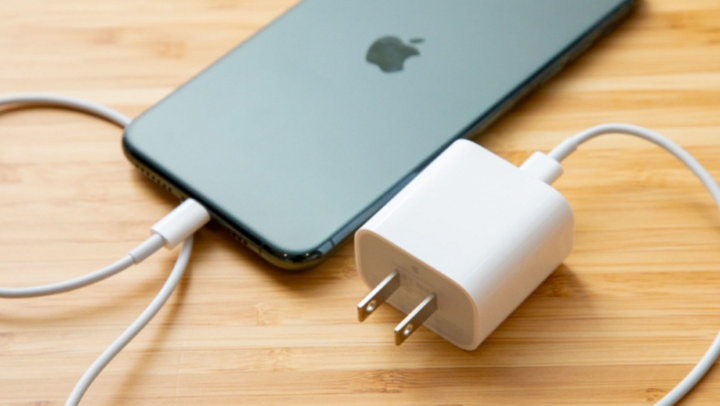
Which cable and charger are best compatible with each iPhone model? (Illustration)
Regarding the iPhone charging cable, also known as the Lightning cable (for older iPhone models), it is a cable with an 8-pin connection port, and a high-speed Type-C cable (for new generation iPhone 14 products). In addition to providing the main function of charging the battery, this signal cable is also used to connect data, audio, images, videos , and connect iPhone to iTunes in an extremely convenient way.
What kind of cable do I need to charge my iPhone?
Basically, iPhone charging cables mainly come in four types: USB-C to USB-C, Lightning to USB-C, Lightning to USB-A, Apple 30-pin to USB.
To determine which cable will be most compatible, you need to know which iPhone model you have. Different iPhone models may have different charging ports.
Below are the cables and their corresponding iPhone models, after knowing the type of cable that can be connected to the appropriate charger.
1. USB-C to USB-C cable
Currently, only the iPhone 15 models use a USB-C to USB-C cable. That's one of the big differences between the iPhone 15 and iPhone 14 models, and marks the iPhone's transition from the old Lightning port to USB-C.
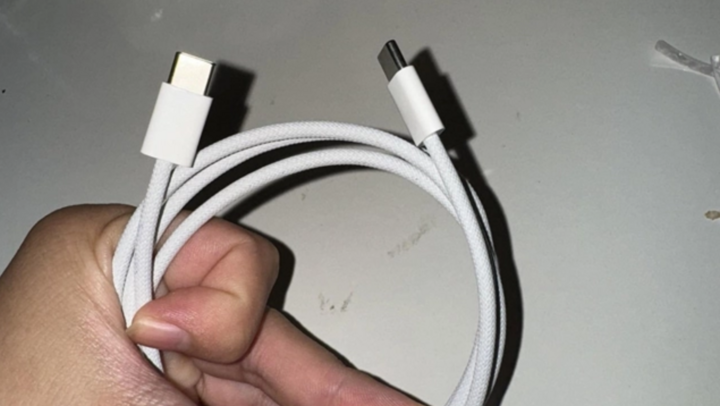
USB-C would improve the iPhone in a number of ways.
Due to the popularity of the USB-C standard, this will allow users to use one charging cable for a variety of devices.
2. Lightning to USB-C and Lightning to USB-A cables
Lightning to USB-C or Lightning to USB-A cables can be used for all iPhone models from iPhone 5 to iPhone 14 Pro Max.
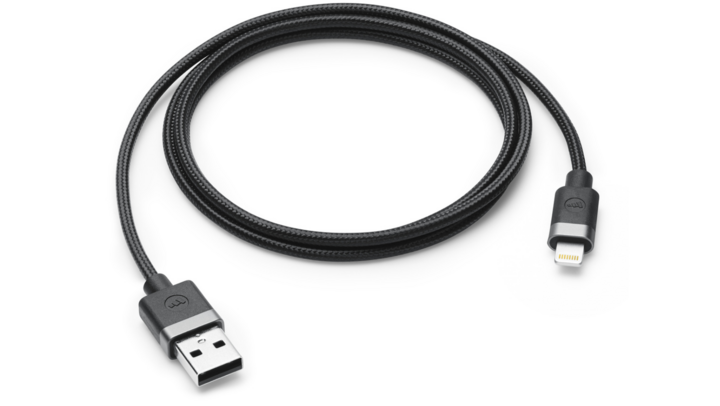
A USB-C to Lightning cable will charge your iPhone much faster than a USB-A to Lightning cable.
If charging time is a priority, USB-C to Lightning is a more suitable choice than USB-A to Lightning. Besides, another factor to consider is the charger. If you already have a charger with a USB-A port, you can choose to buy a USB-A to Lightning cable.
3. 30-Pin to USB-A Cable
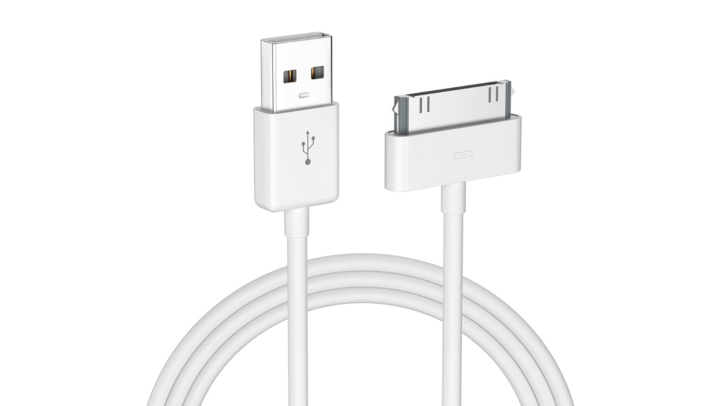
The original Apple 30-pin standard iPhone port was used from 2007 to 2012.
The following iPhones are models that use this type of charging cable:
- iPhone 4 and 4S
- iPhone 3G and 3GS
- iPhone (1st generation)
What kind of charger can be used with the corresponding charging cable?
There are a few things to consider when shopping for the right charger for your iPhone. First and foremost, you need to make sure that you get the right product with the correct USB port for your iPhone cable. If you have a standard USB-C to USB-C cable or a Lightning to USB-C cable, you will need a charger with a USB-C port. If you have a 30-pin to USB-A or Lightning to USB-A cable, you will need a charger with a USB-A port.
The next thing to consider is the capacity of the charger. The higher the capacity, the faster the device will charge, but it should be noted that the size of the charger will also be larger. For example, a 5W charger will be smaller than a charger that supports 20W charging capacity, and of course a standard 30W charger will be larger and faster than both previous chargers. It doesn't matter which capacity is used because they basically only have different charging speeds.
It’s also important to check that the charger is designed to work in your country. If you’re looking to buy a charger before you travel , you should consider purchasing Apple’s Apple World Travel Adapter Kit so you don’t have to worry about damaging your iPhone or other Apple products due to an international plug adapter that doesn’t match your power port design.
Do I need to buy official Apple accessories for my iPhone?
There are many cheaper third-party chargers and cables for iPhones available today, but they may not be safe to use. Durability is one of the reasons why users consider buying one. Moreover, any hardware damage caused by third-party accessories may void the iPhone warranty.
So it's best to buy genuine Apple accessories or Apple MFi (Made for iPhone) certified accessories which allow manufacturers access to licensed technology to produce safe Apple accessories.
Source



![[Photo] Comrade Nguyen Duy Ngoc holds the position of Secretary of the Hanoi Party Committee](https://vphoto.vietnam.vn/thumb/1200x675/vietnam/resource/IMAGE/2025/11/04/1762234472658_a1-bnd-5518-8538-jpg.webp)

![[Photo] Ho Chi Minh City Youth Take Action for a Cleaner Environment](https://vphoto.vietnam.vn/thumb/1200x675/vietnam/resource/IMAGE/2025/11/04/1762233574890_550816358-1108586934787014-6430522970717297480-n-1-jpg.webp)
![[Photo] Ca Mau "struggling" to cope with the highest tide of the year, forecast to exceed alert level 3](https://vphoto.vietnam.vn/thumb/1200x675/vietnam/resource/IMAGE/2025/11/04/1762235371445_ndo_br_trieu-cuong-2-6486-jpg.webp)
![[Photo] The road connecting Dong Nai with Ho Chi Minh City is still unfinished after 5 years of construction.](https://vphoto.vietnam.vn/thumb/1200x675/vietnam/resource/IMAGE/2025/11/04/1762241675985_ndo_br_dji-20251104104418-0635-d-resize-1295-jpg.webp)


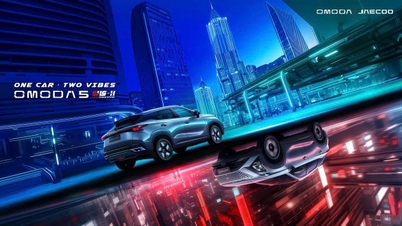
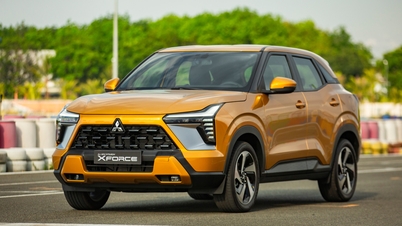


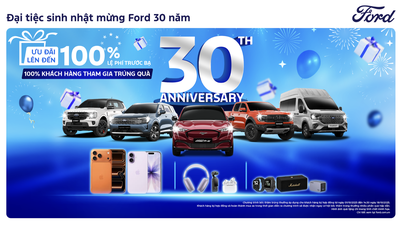





































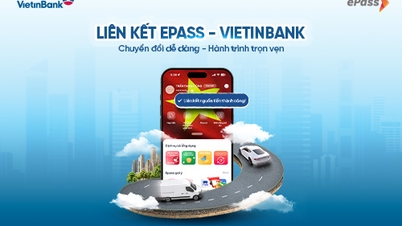




























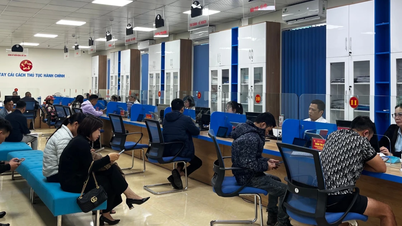




















Comment (0)